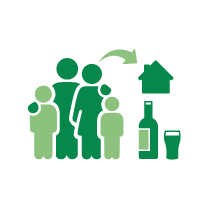Mental Health Commission
Secondary school students in Western Australia have been taking part in the Australian Secondary Students’ Alcohol and Drug (ASSAD) Survey since 1984. The triennial survey explores prevalence and trends of secondary student substance use, with students asked about their use and attitudes related to tobacco, electronic cigarettes, alcohol, non-medical use of pharmaceutical drugs and illicit drugs.
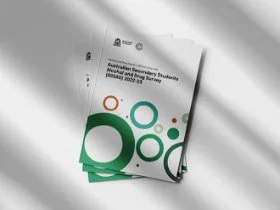
Latest Report
2022-23 Australian Secondary Students’ Alcohol and Drug (ASSAD) Survey – Alcohol and Drug Trends in Western Australia.
Key Findings
Alcohol use has significantly declined since 2017
   |   |   |
| Approximately four in 10 (41.9%) Western Australian students reported using alcohol during their lifetime. | Approximately one in 10 (9.8%) students reported alcohol use in the past week, a significant decline since 2017 (14.7%). | Reported alcohol use increased with age; a pattern consistently observed over time. |
Risky alcohol use has increased among female students
 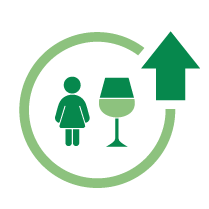 |  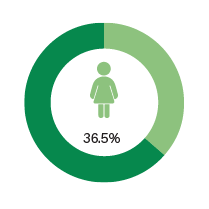 |  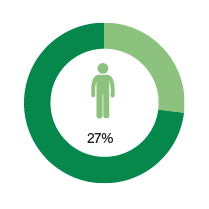 |
| Significantly greater proportion of female students reported drinking in the past year (40.9%) compared to male students (33.8%). | Single occasion risky drinking was higher among female students (36.5%). Rates among females have risen since 2014. | Single occasion risky drinking was lower among male students (27%). Rates among males have declined since 2014. |
Parents were the most common source of alcohol
|
| Approximately three in 10 (31.5%) students who drank in the past week reported receiving the alcoholic drink from their parent. |
Overall illicit drug use among WA students was higher than national proportions
  |   |  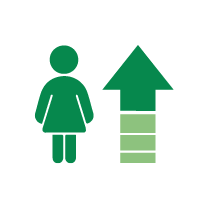 |
| One in 10 (10.2%) Western Australian students reported past month use of an illicit drug, compared to 7.5% nationally. | Close to one in five (18.5%) Western Australian students had used at least one illicit drug in their lifetime, compared to 15.4% nationally. | Illicit drug use among female students has gradually increased since 2014 and was higher than that among male students for the first time since reporting began. |
Cannabis and sedatives were two of the most common drugs used
  |  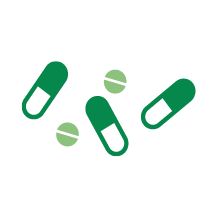 |
| Cannabis was the most common illicit drug used, with 16.5% of students reporting lifetime use. | Sedatives were the most common pharmaceutical drug used for non-medical purposes, with 20.5% of students reporting lifetime use. |
Use of inhalants, hallucinogens and meth/amphetamines has increased
  |   |   |
| Lifetime use of inhalants increased significantly from 15.5% in 2017 to 20.3% in 2022-23. A similar increase was observed for past-year use (11.3% in 2017 to 14.4% in 2022-23). | Lifetime use of hallucinogens (e.g. LSD, acid, magic mushrooms) increased significantly from 3.4% in 2017 to 4.9% in 2022-23. | Lifetime use of meth/amphetamine (e.g. speed, meth, ice) increased significantly from 1.1% in 2017 to 2% in 2022-23. |

How to Access Data or Get Involved
For further information on this research please contact ASSADSurveys@mhc.wa.gov.au.
Page last updated20 August 2025


